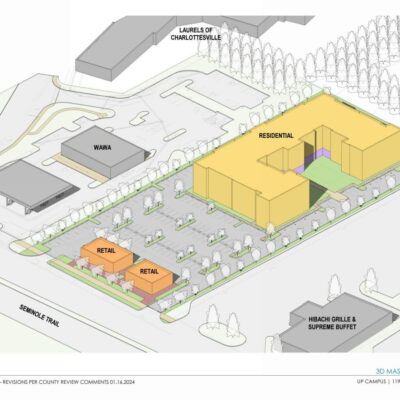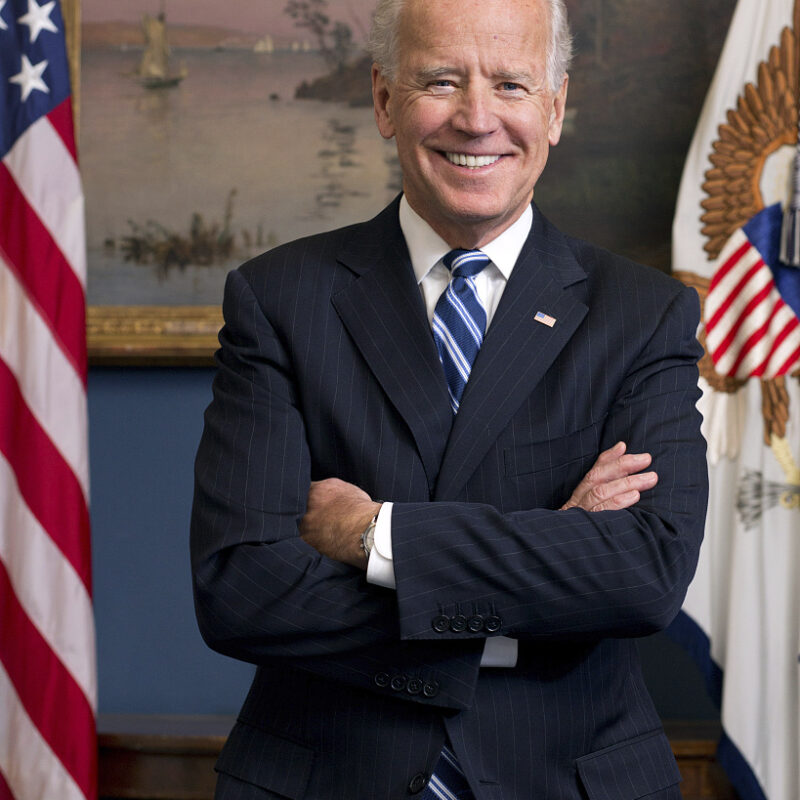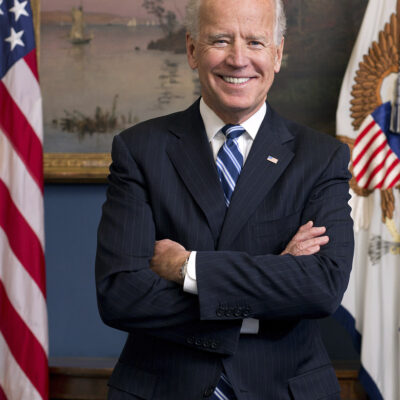On January 1, the new University Human Resources (HR) plan went into effect. Between October and December 2008, UVA employees had the choice to opt out of the old state system and enroll in the new one.
But for almost 1,500, or 28 percent, that choice was already made for them. All UVA employees hired after July 1, 2006 were automatically moved to the new HR plan. According to enrollment results released by the HR Department, of 4,400 eligible employees, 97 effectively made the switch. That adds up to just 2 percent.
|
Susan Carkeek, Vice President and Chief Human Resources Officer, says she is pleased with the enroll-ment numbers. “Twenty-eight percent of our staff are now University Staff and that is a significant portion of our population.” |
“I’m pleased that so many employees joined the new HR plan,” says Vice President and Chief Human Resources Officer Susan Carkeek via e-mail. “Twenty-eight percent of our staff are now University Staff and that is a significant portion of our population. I am looking forward to working with them to make the new plan a success.”
Brad Sayler, who provides computer support for the Civil Engineering department, and is a frequent critic of HR, is surprised.
“I don’t see how they could possibly think that 97 people switching over to this new system is a success,” he says. “That’s about 2 percent. It’s hardly even on the radar.” The new employment plan is a direct outcome of the 2005 Management Agreement and Restructured Higher Education Finance Administrative Operations Act that gave UVA more autonomy from the state.
Sayler, who opted to remain classified staff, says, “I still think that there is a genuine feeling of mistrust of the administration among UVA employees. I think that’s where the real problem is. I think UVA has treated their workers unfairly in the past in regards to health care, wages and parking fees, and I think they are paying the price this time around.”
Of the 97 employees that switched, 13 were administrative and professional (A&P) faculty members and 84 were classified staff. Seven were executives. According to the numbers released, the largest number of employees who decided to opt in came from the School of Medicine, with 23. Among a slew of new benefits, 900 University Staff members are now eligible for Supplemental Benefit Credit, a $300 annual credit for those who earn salaries of $40,000 per year or less.
Previously Carkeek told C-VILLE that the new plan pointed to changes in career development, performance evaluation and the compensation system. “The most asked-for change [on a staff survey], with 90.4 percent response rate, is pay for performance,” she said then. UVA has now switched to a 5-point rating system in evaluating an employee’s performance from a 3-point scale. One of the biggest changes, however, dealt with compensation. The new plan uses national and local market-rate pay bands. The market data, however, differs according to the level of expertise of each position: for high-ranking administrators, UVA will base their salaries on national data, while for positions that are easily filled within the local talent pool, the University will use state market data. The only portion of the new system that hasn’t been released yet is the leave policy, which will differ from the old state system.
“I worked here for over 15 years, and I thought this was the greatest place to work that I have ever been,” says Sayler. “And then, year after year, the benefits go down, the wages don’t keep up with inflation, parking fees go up, and the list goes on and on and on. We just don’t get a fair share in this.” And without a staff union, employees’ concerns are not properly voiced. “What we don’t have here at UVA is a public forum where employees can raise issues and ask questions,” says Sayler.
The next enrollment period will be in the fall.
C-VILLE welcomes news tips from readers. Send them to news@c-ville.com.






